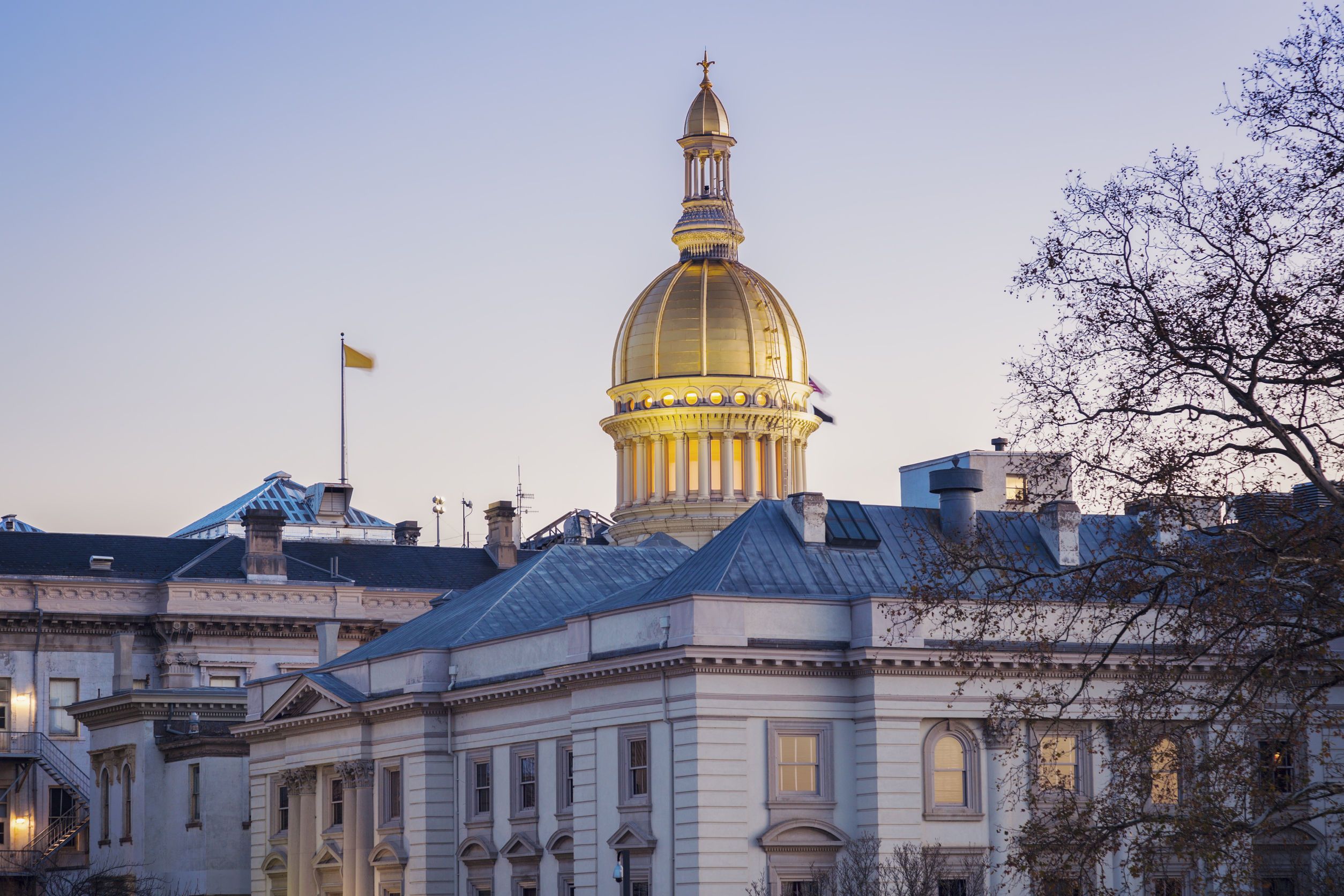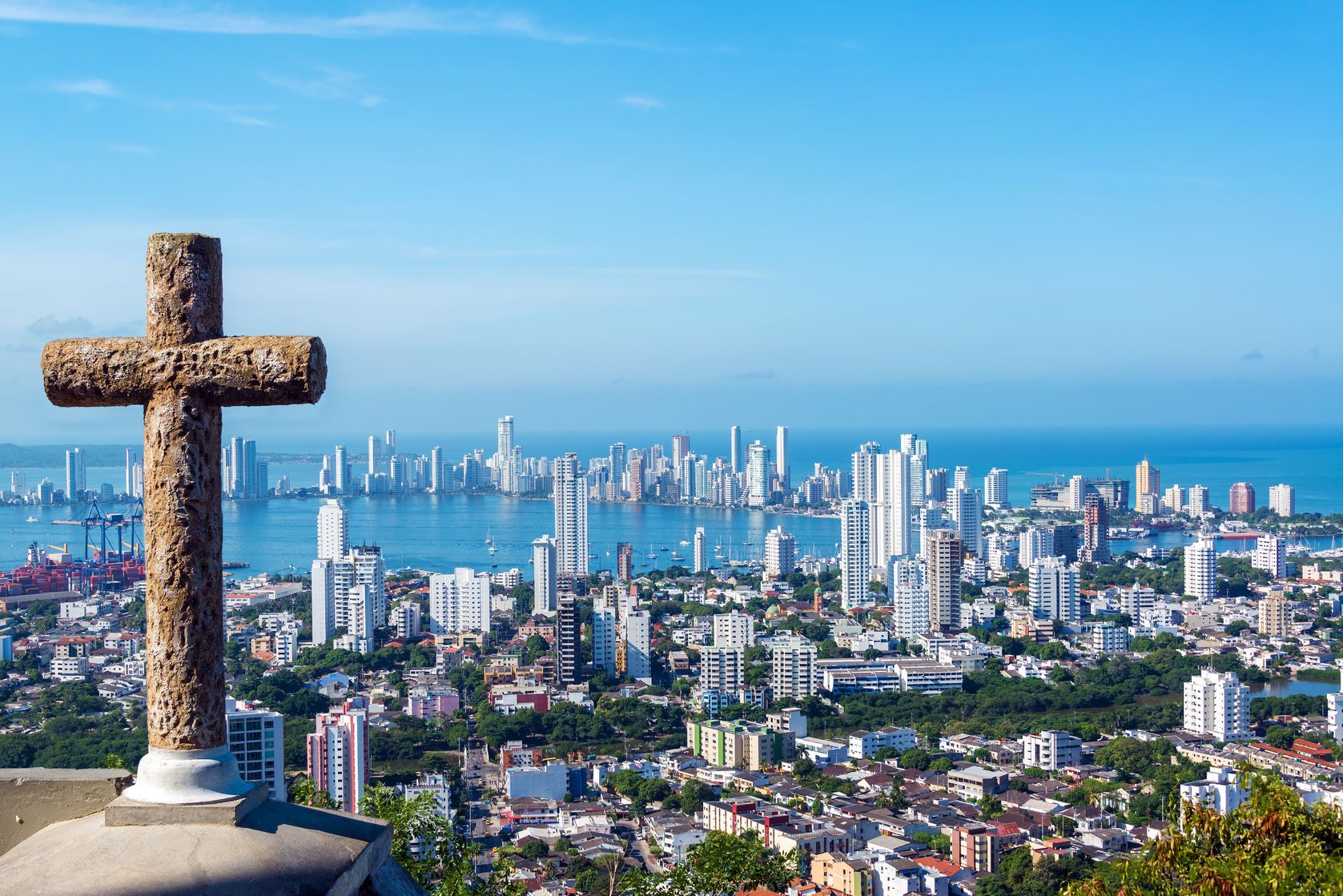Makers of marijuana-infused products can set competitive prices for their edibles, beverages, tinctures, topicals, capsules or sublinguals by looking at the average price per milligram of THC in those products in various markets.
Data that shows the average price per milligram of THC can provide some insight into what consumers are willing to pay for those products in new and mature marijuana markets.
That doesn’t mean, however, that manufacturers should hike prices simply to cash in on growing consumer interest in infused products – at least in the view of one industry executive.
According to a report published by Seattle-based Headset, a data analytics company that specializes in cannabis:
- Across California, Colorado, Nevada and Washington state, the average price per milligram of THC in beverages is 26 cents. The price per milligram is highest in Nevada at 28 cents, 27% higher than Washington’s 22 cents.
- The average price per milligram of THC in edibles is 20 cents, with Nevada’s average price of 23 cents coming in 35% higher than California’s 17 cents.
The average price per milligram of THC in tinctures, sublinguals, capsules and topicals varies more widely across states, Headset’s data shows. For example:
- Tinctures and sublinguals have an average price per milligram of THC of 32 cents. Colorado’s price per milligram of 41 cents is 64% higher than Nevada’s 25 cents.
- The average price per milligram of THC in capsules is 20 cents, with the highest price in Colorado at 25 cents – 92% higher than Washington’s average of 13 cents per milligram.
- Topicals – with an average price of 32 cents per milligram of THC – have the widest price spread among the four states: Nevada’s average price of 41 cents is 116% higher than Washington’s 19 cents.
The price per milligram of THC in tinctures, sublinguals, capsules and topicals could be higher because of the ratio of THC to CBD in those products, said Liz Connors, director of analytics at Headset.
For example, a balm with 20 milligrams of THC might have a higher price point if it also has 200 milligrams of CBD, she said.
Also, she said, users of tinctures, sublinguals, capsules and topicals are often categorized as health and wellness consumers, and, in general, they’re willing to pay a higher price for those products because they’re marketed with having specific effects – pain relief, sleep or relaxation, for example.
Ron Gray, sales manager for Eureka, California-based Papa & Barkley, a maker of balms, patches, capsules oils and other infused products, suspects some manufacturers are pushing margins higher to increase profits, he wrote in an email to Marijuana Business Daily.
Gray noted that prices for some of Papa & Barkley’s products are lower than the averages in Headset’s report. Specifically:
- The company’s tincture products are priced at roughly 10 cents per milligram of THC – 200% less than the average price of 30 cents per milligram of THC for tinctures and sublinguals in California.
- The company’s topicals sell for roughly 18 cents per milligram of THC. California’s statewide average is more than twice that at 39 cents. For a topical product containing 100 milligrams of THC, the difference in price charged for THC would be $21.
Gray said there are efficient processes for manufacturers to make tinctures, sublinguals and topicals. He also noted that other ingredients that often are featured in those products – beeswax, lavender and menthol, for example – are inexpensive.
“Especially when using CO2 fractionation, BHO (butane hash oil) or distillate, all of these processes allow you to extract cannabinoids very efficiently and inexpensively, and manufacturers should pass this on to consumers and not increase their bottom line,” he wrote.
Joey Peña can be reached at joeyp@mjbizdaily.com
Maggie Cowee can be reached at maggiec@mjbizdaily.com
(To learn more about what’s next for the business of infused products – including how to meet consumer demand for CBD in infused products – read the May/June edition of Marijuana Business Magazine.)





